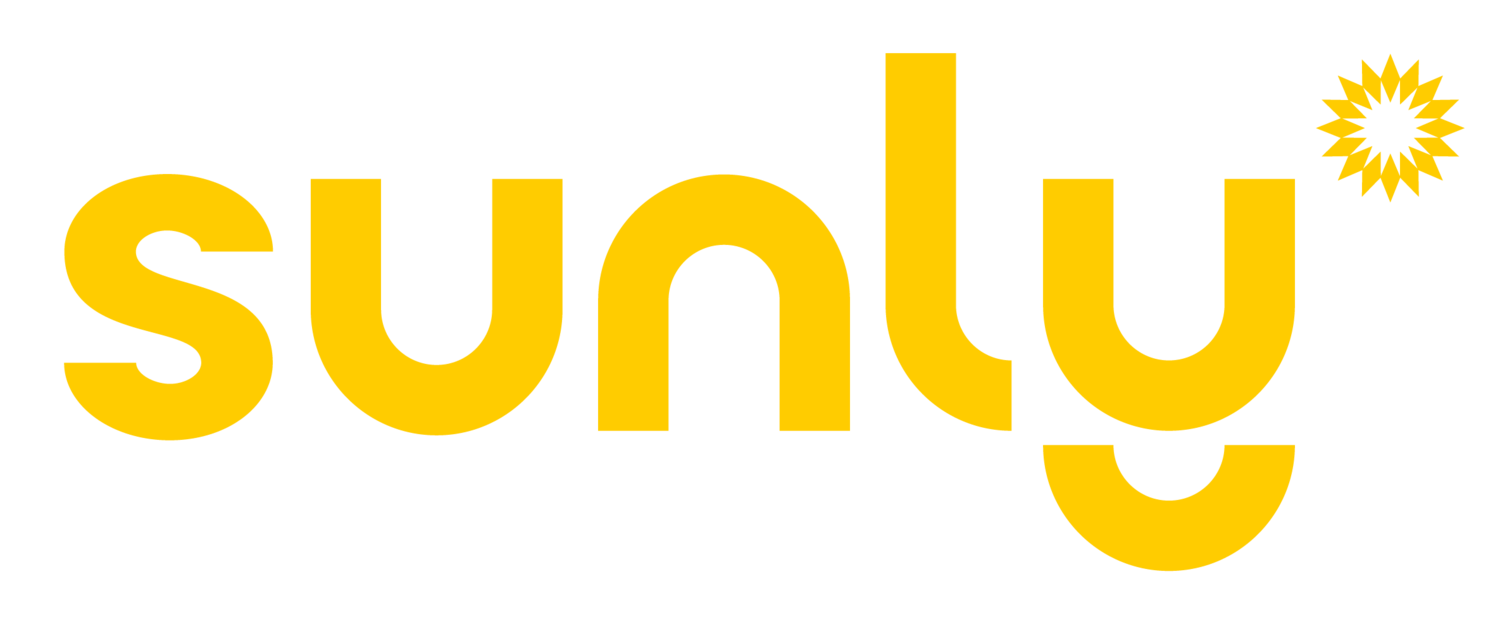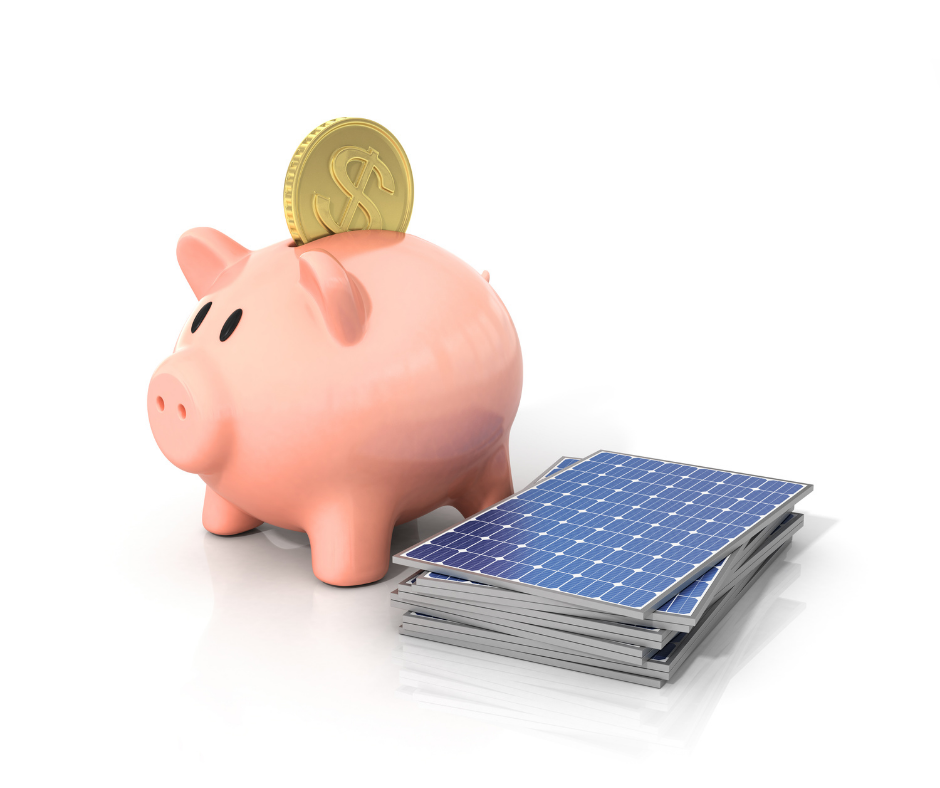Property Assessed Clean Energy (PACE)
An Innovative Financing Option
As governments and municipalities devise strategies to reduce their ecological impact and reduce Greenhouse Gas emissions, their policies need to include measures on how these will be funded. In some cases, the money is tax payer or government issued bonds. Or, a private equity source willing to accept low rates of returns. Another mechanism is called a PACE Program. PACE stands for Property Assessed Clean Energy and is an innovative way to finance energy efficiency or renewable energy improvements for privately owned properties and buildings.
While PACE is not available in all provinces it is important to check out this option when available. Please note: In PEI there is no current PACE program however we have an even better option for you!
Often solar systems can cost between $20,000 to $30,000 and that is very difficult to pay for outright and its a tough choice to know if the benefits outweigh the costs! This type of program makes it much easier to get that solar system today and start enjoying the benefits immediately.
The following paragraph is directly from the U.S Department of Energy website.
Commercial and residential PACE programs share a common foundation. PACE programs allow a property owner to finance the up-front cost of energy or other eligible improvements on a property and then pay the costs back over time through a voluntary assessment. The unique characteristic of PACE assessments is that the assessment is attached to the property rather than an individual.(1)
Basically, your local government or municipality draw on a fund to pay the upfront cost of the improvement. The money paid is considered a loan against the property on which the improvement was installed. The post improvement property tax assessment will be used to determine the new tax amount, part of which is used to pay back the ‘loan’. Even if the property owner that implemented the improvement moves, the responsibility of repayment remains on the property and becomes the obligation of the new owners.
PACE programs are not just a concept, they have been implemented in several jurisdictions with good success. Helping people who don’t have the capital bandwidth to pay for energy efficiency or renewable energy improvements upfront. Often, these improvements don’t just reduce our negative environmental impact, they also improve our quality of life. They make our living spaces more comfortable and reduce our energy costs. This is a benefit that is non-tangible but very real.
There are a few fundamental challenges when dealing with a PACE program.
First is the policy implementation. There needs to be adequate public buy in on something like this as it can divert funds from other areas. The program itself needs to be well thought out and accessible yet fraud proof.
Administrating and ensuring that funds are not being misappropriated can be challenging and require dedicated resources. Or have review and approval processes that take too long to be practical. Enforcement against miscreants will add legal expenses.
Next is access to a pool of money to pay the upfront costs. Bonds or Green Bank funds are possible, but have their own challenges.
Another issue with PACE programs is that they are not good for small ticket items. A $2,500 improvement to a property will likely not increase it’s tax assessment value sufficiently to make it recoverable through future tax payments. Like I said before, solar systems can cost $20k+ and so they are ideal assets to invest in with a PACE program.
Lastly, PACE is only accessible to Property Owners. Those renting will have to get their landlords to act. This can be tough if it means higher taxes to the landlord going forward.
All this being said, PACE programs have a lot of merit and can result in Win-win-win scenarios. The planet wins by reducing our impact. The property owner wins by deferring the upfront cost while enjoying the benefits. And the economy wins by creating jobs to carry out the improvements.
Thinking of going Solar - Other financing to consider
Before considering how to pay for it you should take a look at getting a solar assessment to see how much cost savings you can enjoy. Often the savings outweigh the monthly cost of the investment/financing option. We have put together a case study of an average client to demonstrate how the savings in the first year outweigh the costs by $119 and that savings goes up every year.
After getting excited about the amount of savings you can have even in the first year it is then important to look at the variety of options you might have. Compare different interest rates and funding options. Getting a loan with a 4% interest rate compared to a 0% financing option makes a big difference in your lifetime savings. Check out our comparison here (ps, if you don’t see a calculator show up, refresh the page…we are better at solar than web design)
Interested in solar? We are happy to work on a complimentary assessment tailor made based on your house. Submit a request below to start the process.
(1) - https://www.energy.gov/eere/slsc/property-assessed-clean-energy-programs

